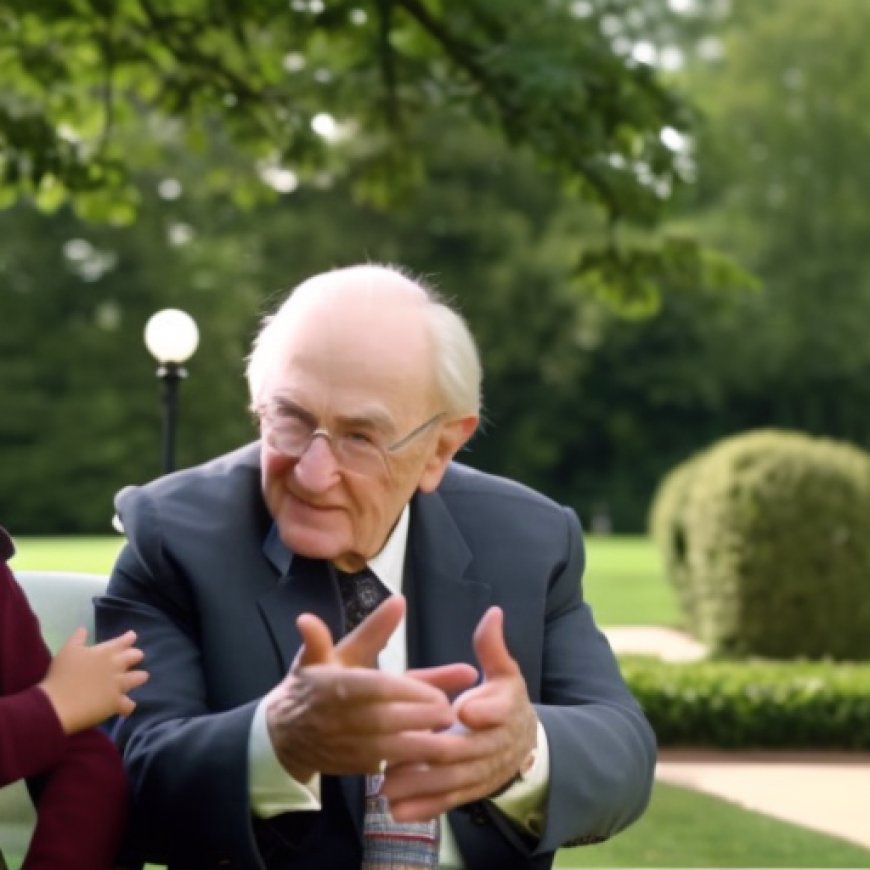Connecting generations: planning and implementing interventions for intergenerational contact
Connecting generations: planning and implementing interventions for intergenerational contact World Health Organization


Combating Ageism: A Guide for Intergenerational Practice

Ageism exists when “age” is used to categorize individuals and create social divisions, with ensuing injustice and harm and lack of solidarity across generations. Ageism is highly detrimental to our health and well-being and imposes a heavy cost on societies. The World Health Organization (WHO) was requested to develop, in cooperation with partners, a global campaign to combat ageism.
Introduction
This guide, developed for the campaign, builds on the evidence in the Global report on ageism that interventions for intergenerational contact is one of three strategies that have been proven to work in addressing ageism, together with policy and law and educational interventions.
Objective
The objective of this guide is to provide step-by-step guidance for anyone who is using or wishes to use intergenerational practice to combat ageism and to promote understanding and mutual respect among generations.
- Understanding Ageism
- Benefits of Intergenerational Practice
- Implementing Intergenerational Programs
- Evaluating the Impact
1. Understanding Ageism
Ageism is a form of discrimination that occurs when individuals are categorized based on their age, leading to social divisions and resulting in injustice and harm. It creates a lack of solidarity across generations and has a negative impact on health and well-being.
2. Benefits of Intergenerational Practice
Intergenerational practice has been proven to be an effective strategy in addressing ageism. By bringing different generations together, it promotes understanding, mutual respect, and social cohesion. It also provides opportunities for learning and personal growth for individuals of all ages.
3. Implementing Intergenerational Programs
To implement successful intergenerational programs, the following steps should be taken:
- Identify the goals and objectives of the program.
- Select appropriate activities that encourage interaction and collaboration between generations.
- Create a safe and inclusive environment for participants.
- Provide training and support for facilitators.
- Evaluate the program’s effectiveness and make necessary adjustments.
4. Evaluating the Impact
Evaluating the impact of intergenerational programs is crucial to measure their effectiveness in combating ageism. It involves collecting data, analyzing outcomes, and assessing the overall impact on participants’ attitudes, behaviors, and well-being. This information can then be used to improve future programs and interventions.
By following this guide, individuals and organizations can contribute to the global campaign to combat ageism and work towards achieving the Sustainable Development Goals (SDGs), particularly SDG 3 (Good Health and Well-being) and SDG 10 (Reduced Inequalities).
SDGs, Targets, and Indicators
-
SDG 3: Good Health and Well-being
- Target 3.4: By 2030, reduce by one-third premature mortality from non-communicable diseases through prevention and treatment and promote mental health and well-being.
- Indicator: The article mentions that ageism is highly detrimental to health and well-being.
-
SDG 10: Reduced Inequalities
- Target 10.2: By 2030, empower and promote the social, economic, and political inclusion of all, irrespective of age.
- Indicator: The article highlights the injustice and harm caused by ageism, which creates social divisions.
Table: SDGs, Targets, and Indicators
| SDGs | Targets | Indicators |
|---|---|---|
| SDG 3: Good Health and Well-being | Target 3.4: By 2030, reduce by one-third premature mortality from non-communicable diseases through prevention and treatment and promote mental health and well-being. | The article mentions that ageism is highly detrimental to health and well-being. |
| SDG 10: Reduced Inequalities | Target 10.2: By 2030, empower and promote the social, economic, and political inclusion of all, irrespective of age. | The article highlights the injustice and harm caused by ageism, which creates social divisions. |
Behold! This splendid article springs forth from the wellspring of knowledge, shaped by a wondrous proprietary AI technology that delved into a vast ocean of data, illuminating the path towards the Sustainable Development Goals. Remember that all rights are reserved by SDG Investors LLC, empowering us to champion progress together.
Source: who.int

Join us, as fellow seekers of change, on a transformative journey at https://sdgtalks.ai/welcome, where you can become a member and actively contribute to shaping a brighter future.







